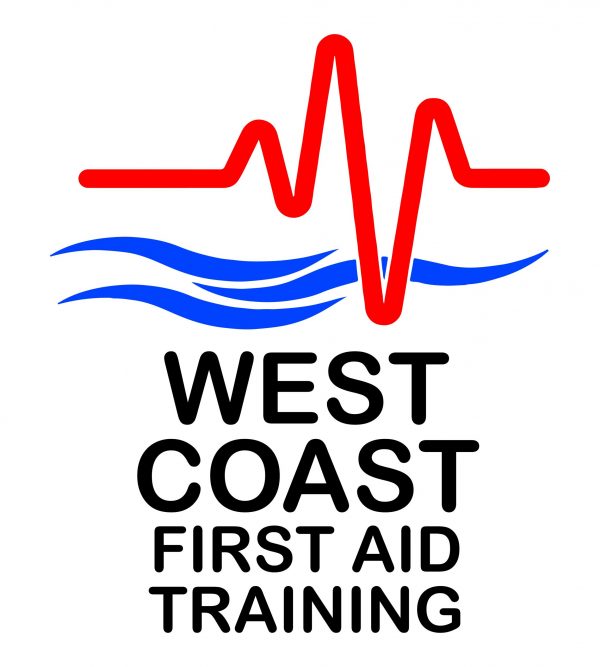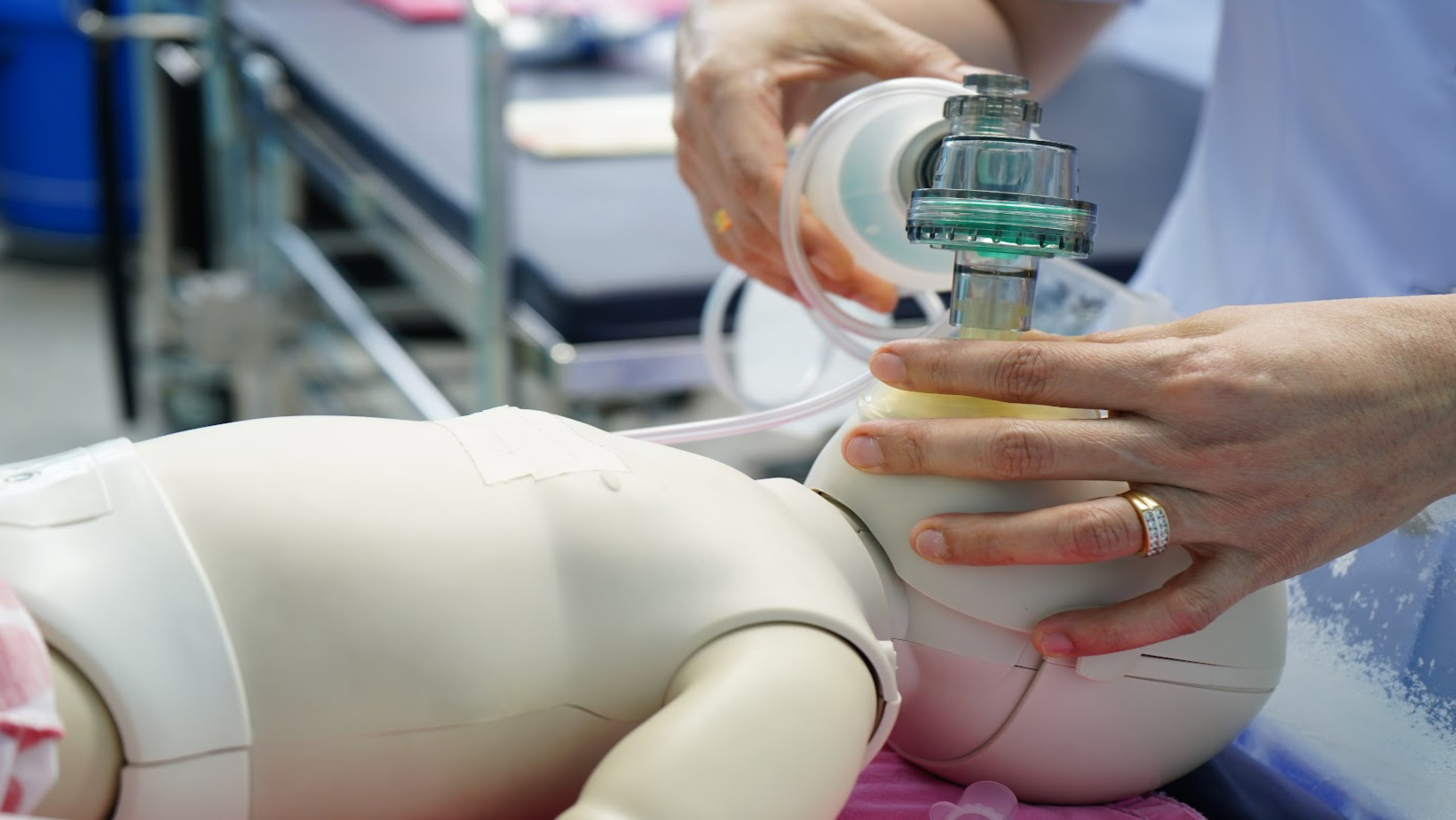


When a person suffers from “sudden cardiac arrest,” the heart stops pumping adequately, and the person stops breathing, which prevents the exchange of oxygen and carbon dioxide in the lungs. One explanation is that our lungs enable us to inhale the oxygen that our bodies require. Our system is capable of much more, including removing carbon dioxide, a byproduct produced by our system. Breathing is crucial for a variety of reasons. It is why everyone should be familiar with Advanced Resuscitation in Perth. How many of you have questioned how CPR (Cardiopulmonary Resuscitation) rescue breaths operate?
We breathe oxygen and exhale carbon dioxide, as we all know. So, if we pretend to be a rescuer, how can we assist someone who needs oxygen if we exhale carbon dioxide while performing mouth-to-mouth resuscitation?
CPR gets divided into two segments. When a patient cannot inhale, the blood receives low oxygen, essential for the body’s organs and tissues to live. We simulate the casualty’s breath and thereby provide oxygen (from our breath) into their lungs and blood by administering artificial respiration.
Chest compressions are the second version of Advanced Resuscitation in Perth. The patient’s health depends on chest compressions. Because the heart isn’t beating, oxygen-rich blood, mainly delivered by rescue breaths, can’t get around the body. By practicing chest compressions, you can act as a manual pump, taking the place of your heart. You are the heart, which circulates blood throughout the body.
You might be able to identify if someone has a respiratory condition if you study respiration. A variety of factors can disrupt the breathing process. Someone who suffers from abrupt cardiac arrest, for example, will have difficulties breathing and may pass out.
An electrical issue in the heart causes cardiac arrest. The heart stops pumping blood around the body and to the brain due to this electrical issue. CPR (cardiopulmonary resuscitation) proves helpful at this moment.
As a result, CPR and Artificial Respiration have the same goal. If used immediately and correctly, these measures can help avoid deaths from drowning, choking, strangulation, suffocation, carbon monoxide poisoning, and electric shock. The ability to induce artificial respiration is the most common method of resuscitation.
It’s important not to over-inflate the victim’s lungs when blowing into their mouth. Helpers can use the rise of the chest to determine this. Before the next effective breath gets administered to the individual, the air should be permitted to depart the lungs as soon as the victim’s chest rises.
If the savior sighs carbon dioxide, how could Advanced Resuscitation in Perth rescue someone in need of oxygen? We exhale a large amount of oxygen, as others have pointed out. Our bodies are incredibly efficient at obtaining what they require rather than relying on what is readily available.
Around 21% of the oxygen in the atmosphere we breathe is present in the atmosphere.
Our bodies use just around 5% of the oxygen we breathe in. As a result, the oxygen content of our exhaled breath is roughly 16 percent. This 16 percent is more than enough for CPR to provide.
The air that we breathe is the source of our breathing misunderstanding. Many people believe that humans breathe oxygen and exhale carbon dioxide.
The air we breathe contains 79 percent nitrogen, 20.9 percent oxygen, and trace amounts of other gases such as argon, carbon dioxide, neon, helium, and hydrogen. The truth is that the air we breathe contains 79 percent nitrogen, 20.9 percent oxygen, and trace amounts of other gases such as argon, carbon dioxide, neon, helium, and hydrogen.
CPR, as we can see, dramatically improves one’s chances of survival. However, the proportion of people who can conduct CPR is unfortunately low. As a result, learning CPR could be one approach to safeguard the safety of your family.
For advanced First Aid Training and Courses, contact us at 0418 909 935. You can also drop a mail at kevin@wcws.com.au for further details about our courses.